3 Things From Week 1 In The NHL: COVID-19, Costs & Conversation Starters
3 Things From Week 1 In The NHL: COVID-19, Costs & Conversation Starters
Week 1 in the NHL was a busy one as the world's top hockey league grappled with the global pandemic on a number of levels.
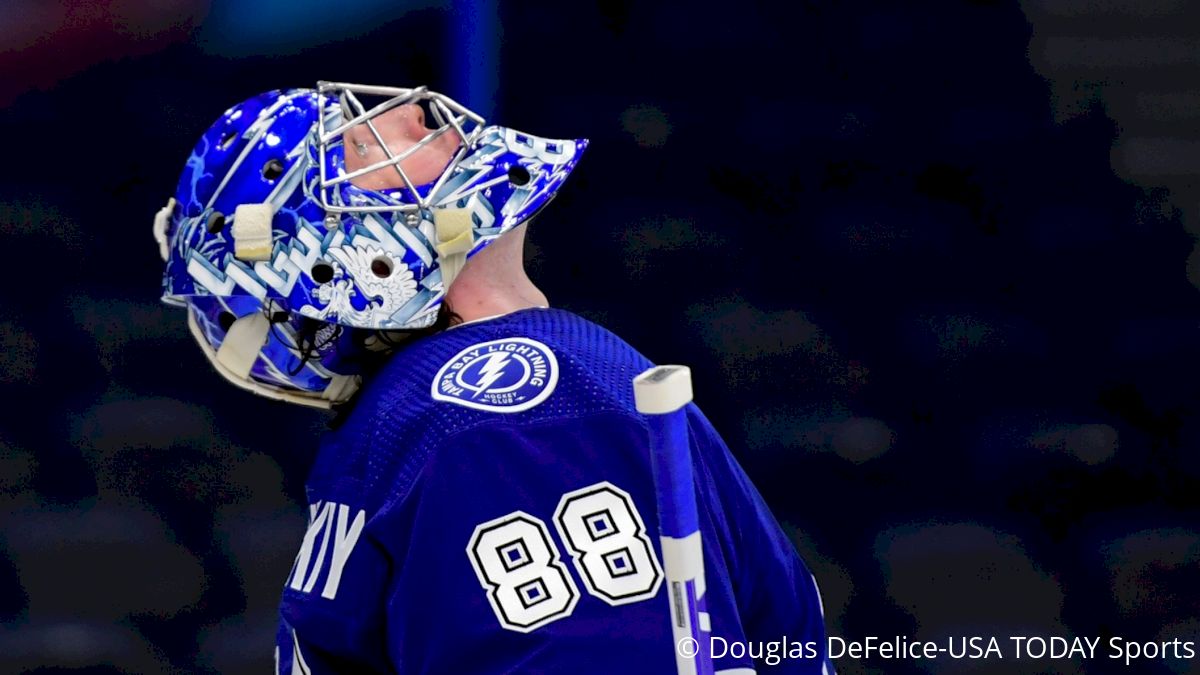
With the first week of the NHL 2020-21 season in the books, it’s hard to ignore the reality of a second season affected by COVID-19.
An abruptly shortened 2019-20 season ultimately led to the exciting Return to Play format brought to you by “bubbles.” Now, almost a year removed from last season’s abrupt end, the NHL and NHLPA continue to navigate the pandemic.
Behind all of the meetings, discussions, negotiations, forfeited finances, and procedural changes, the NHL is back and fans are ready to endure whatever the 2020-21 season holds.
COVID In Control
Just three months after losing in the Stanley Cup Final, Dallas entered the 2020-21 season without No. 1 center Tyler Seguin (hip) and No. 1 goaltender Ben Bishop (knee). Both players were nursing injuries in the team’s playoff run, as displayed by Seguin’s offensive struggles and Bishop’s lack of playing time.
The Stars opened the season with their first four games of the season postponed due to COVID protocol, now another four games behind the league following shortened training camps and no exhibition play.
After a 2-1 start to the season, the Carolina Hurricanes postponed the second end of a back-to-back with Nashville, also due to COVID protocol. The Hurricanes may see postponement extended over the next two weeks, potentially forcing another six games to be rescheduled.
The NHL is postponing Tuesday night's game between the Hurricanes and Predators due to COVID-19 related concerns.https://t.co/6JVLk6B3eb
— Sportsnet (@Sportsnet) January 19, 2021
Other players across the league have simultaneously dealt with COVID protocols, not limited to visa issues and quarantines. But given the need for a realistic Return to Play format for the season, the lack of bubbles meant an increased risk of exposure because of traveling, close proximity, and other factors. This is likely just the beginning.
Owners Sacrifice Revenue
After divisional realignments to stave off excess travel, coupled with the addition two-game mini-series, the NHL announced its 56-game division-only schedule for the 2020-21 season.
The significant lack of fans due to CDC guidelines will bring financial losses league-wide. NHL commissioner Gary Bettman stated that ticket sales account for roughly 50 percent of league revenue. This will ultimately hamper some teams more than others, but Bettman said league losses will reach an excess of $1 billion.
The often-criticized and heavily booed head of the NHL added that the financial loss would have been smaller had owners agreed to scrap the entire season.
“Let me make something really clear: We’re coming back to play this season because we think it’s important for the game, because our fans and our players want us to, and it may give people – particularly those that are back in isolation or where there are curfews – a sense of normalcy and something to do,” Bettman said in a January 11 statement.
The choice to suffer financial loss and ice a product is a long-sighted one. Organizations are built on their players — from superstars to seventh-round draft picks. No player develops without playing. The choice of owners to accept the monetary repercussions will go a long way in organizations building beyond the 2020-21 season.
Consider This
With realigned divisions and a 56-game schedule built on playing the same seven teams — make that six for Canada’s seven-team North Division — it feels like anything can happen.
The perfect 56-0-0 season is still alive for these clubs. pic.twitter.com/FfMjO4OTTv
— NHL on NBC Sports (@NHLonNBCSports) January 19, 2021
With each division producing four playoff teams, a hot start followed by a .500 record could still be enough for a playoff spot. Conversely, a slow start could be the early end to playoff aspirations.
Younger teams have the benefit of fresher legs, suggesting the compacted schedule and quicker turnaround between contests could favor the youth. But older teams, specifically those with Cup aspirations, have the benefit of playing in 26 fewer games compared to a typical season.
The usage of goaltending tandems will also be an interesting thing to watch. Netminders including but not limited to Andrei Vasilevskiy, Connor Hellebuyck, and Frederik Andersen, who are consistently among annual league-leaders in starts, are likely to see less time with more back-to-back scheduling in 2020-21.
After an abysmal 2019-20 season, Detroit Red Wings GM Steve Yzerman rebuilt his blue line, added more competitive veterans, and stabilized the crease. Through four games, the Red Wings have shown they are a much tougher opponent than last season. While they will still likely find themselves toward the bottom half of the league, they’re going to force their opponents to be the better team.
After Stanley Cups in 2010, 2013, and 2015, the Chicago Blackhawks’ fall continues. An 0-3-1 start to the season and a league-worst minus-11 goal differential points to a long (albeit short) season in The Windy City.
Defensive woes have continued in Edmonton, too, where two of the world’s top scorers in Connor McDavid and Leon Draisaitl are regularly left to outscore the team’s deficiencies — a heavy task even for the offensively electric duo.
Have a question or a comment for Jacob Messing? You can find him on Twitter @Jacob_Messing.
Related Content
 Replay: Away - 2024 Indy vs Wheeling | Apr 23 @ 7 PM
Replay: Away - 2024 Indy vs Wheeling | Apr 23 @ 7 PMApr 24, 2024
 Replay: Home - 2024 Indy vs Wheeling | Apr 23 @ 7 PM
Replay: Home - 2024 Indy vs Wheeling | Apr 23 @ 7 PMApr 24, 2024
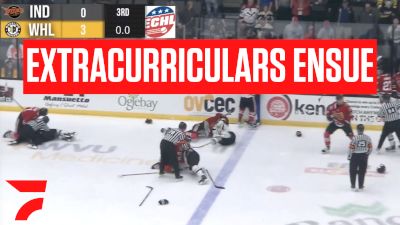 Frustrations Boil Over After Wheeling Nailers Shutout Indy Fuel | ECHL Playoffs
Frustrations Boil Over After Wheeling Nailers Shutout Indy Fuel | ECHL PlayoffsApr 24, 2024
 Idaho Steelheads Only Needed 23 Seconds For Overtime Win | ECHL Playoffs
Idaho Steelheads Only Needed 23 Seconds For Overtime Win | ECHL PlayoffsApr 23, 2024
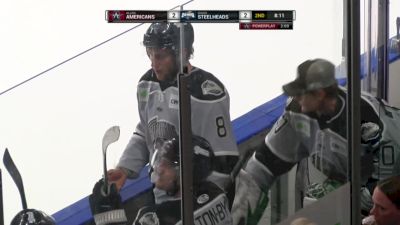 Replay: Home - 2024 Allen vs Idaho | Apr 22 @ 7 PM
Replay: Home - 2024 Allen vs Idaho | Apr 22 @ 7 PMApr 23, 2024
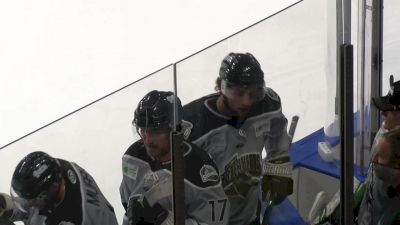 Replay: Away - 2024 Allen vs Idaho | Apr 22 @ 7 PM
Replay: Away - 2024 Allen vs Idaho | Apr 22 @ 7 PMApr 23, 2024
 Replay: Home - 2024 Indy vs Wheeling | Apr 22 @ 7 PM
Replay: Home - 2024 Indy vs Wheeling | Apr 22 @ 7 PMApr 23, 2024
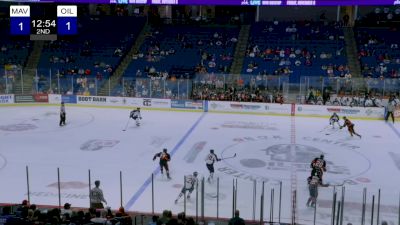 Replay: Home - 2024 Kansas City vs Tulsa | Apr 22 @ 7 PM
Replay: Home - 2024 Kansas City vs Tulsa | Apr 22 @ 7 PMApr 23, 2024
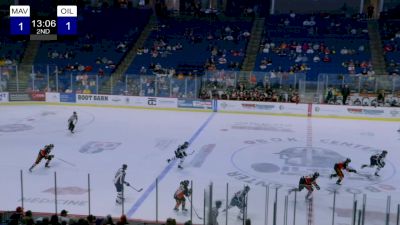 Replay: Away - 2024 Kansas City vs Tulsa | Apr 22 @ 7 PM
Replay: Away - 2024 Kansas City vs Tulsa | Apr 22 @ 7 PMApr 23, 2024